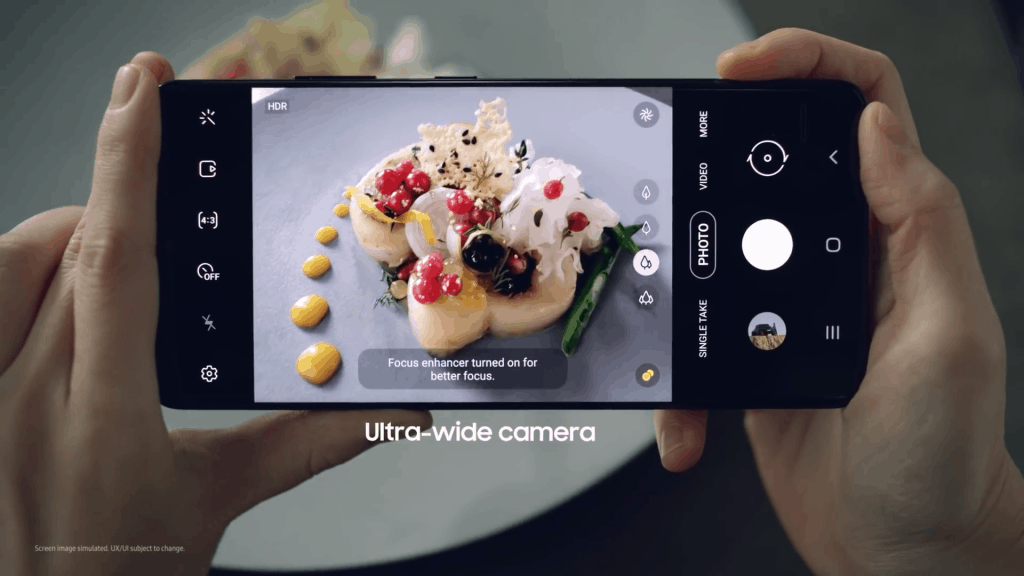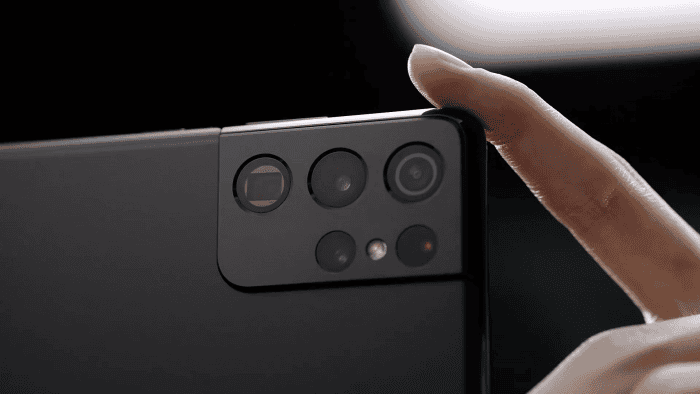Earlier this year, Samsung launched its latest flagship offering dubbed Galaxy S21 series. The lineup as expected comprises three devices – the original S21, S21+, and S21 Ultra. With each new offering, Samsung ends up integrating upgraded hardware, few camera improvements along some exclusive software features. These exclusive software features, soon or later, make their way to the older flagships as long as the hardware requirements meet.
In fact, Samsung recently rolled out a new firmware update to the Galaxy S20 lineup in Germany. The update brought some of the exclusive Galaxy S21 cameras features such as capture portrait images in low-light, night mode with ultrawide lens, new portrait mode effects, and more. While the update brought many features to the previous-gen S20, Samsung missed the key one i.e. Director’s View.
Galaxy S21 camera: Director’s View might indeed make its way to older flagships

The Director’s View is Samsung’s latest camera feature that was introduced with the Galaxy S21 lineup. Since the initial release, the feature has remained exclusive to the latest-gen offering. Director’s View allows you to choose your angles and control your shots. You can record videos with various angles by changing cameras.
There’s a multi-camera standby allowing you to switch between multiple sensors to achieve the pro video recording effects. Vlogger mode, on the other hand, allows you to record from both front and rear cameras at the same time making it perfect for vlogging.
According to a new report by SamMobile, it looks like Director’s View might soon make its way to older flagships, making an end to the exclusiveness. As expected, the first smartphone to receive the feature in an update would be the previous-gen Galaxy S20. This information comes up straight from T-Mobile USA which has accidentally updated its Galaxy S20 support pages. The updated version instructs users on how to use the Director’s View feature.
This development points towards a possible addition of Director’s View to the Galaxy S20 devices. T-Mobile carrier might even be the first one to roll it out. Considering Samsung’s extra attention to the software updates, the rollout of this feature to the older flagships would not be a surprise. The feature requires better ISP (Image Signal Processor) capabilities. This means that the feature might not make its way to some older flagships due to hardware limitations.
Follow Gizchina.com on Google News for news and updates in the technology sector.





